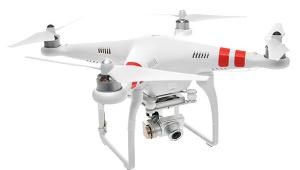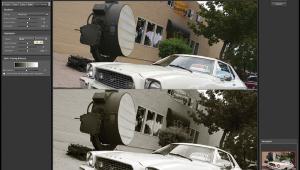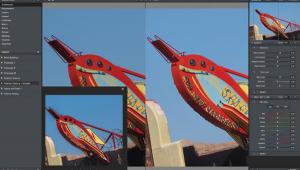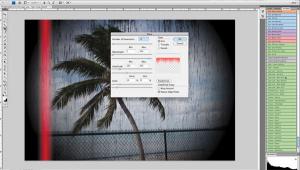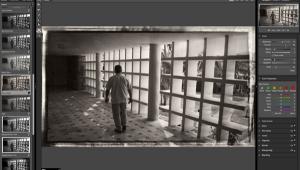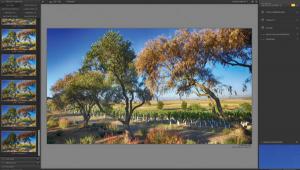Digital Innovations
Hard Disk Survival Tactics And Beyond
| "Sometime you get
the bear and sometimes it gets you--old."-- One of the many indisputable
rules of the digital imaging universe is that if you have a hard disk,
sooner or later you're going to have hard disk problems. While
most photographers would never tolerate the kind of problems in our
camera equipment that regularly occurs with computers, hard disk problems
seem almost inevitable-if you use your computer more than casually.
However, unlike the photo lab film processor that eats (what you are
sure are) award winning slides, there are software remedies available
that can help fix hard disk problems and resurrect the digital images
that you just spent five hours creating. |
